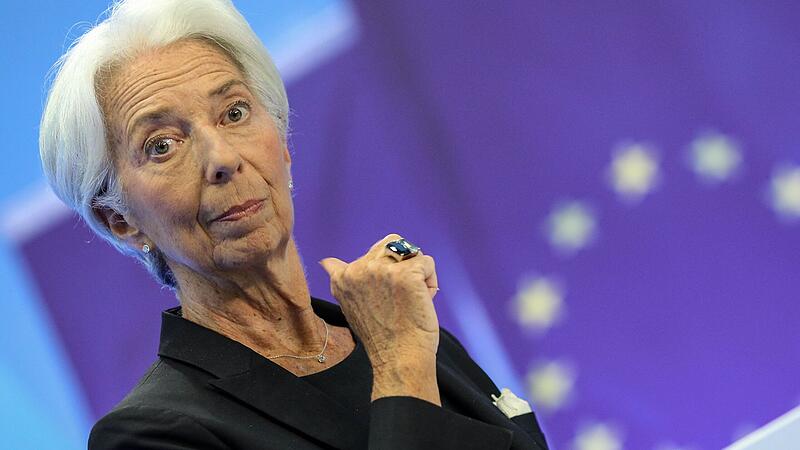Image: DANIEL ROLAND (AFP)
After the most recent meeting of the ECB Council in July, ECB President Christine Lagarde left it open whether there would be another interest rate increase or whether the euro’s monetary authorities would take a break. The Frenchwoman had only ruled out a reduction in interest rates. The central bank will announce the current decision on Thursday afternoon (2:15 p.m.).
Key interest rate as high as 2008
The key interest rate in the euro area, at which commercial banks can obtain fresh money from the ECB, is currently 4.25 percent. The last time the key interest rate in the currency area was this high was at the start of the global financial crisis in early October 2008. If banks park money with the ECB, they now receive 3.75 percent interest.
What higher interest rates do
The higher interest rates are the ECB’s response to stubbornly high inflation. Higher interest rates make loans more expensive. This can slow down demand and counteract high inflation rates. In the medium term, the ECB is aiming for an inflation rate of 2.0 percent for the euro area. At this level, the monetary authorities believe that price stability is maintained. Higher inflation rates are sapping consumers’ purchasing power and people can afford less for their money.
Why a break is called for
However, rising interest rates are also a burden for the economy because credit-financed investments become more expensive. Because the economic outlook in the euro area has recently deteriorated, calls for an interest rate break have become louder.
more from economics




